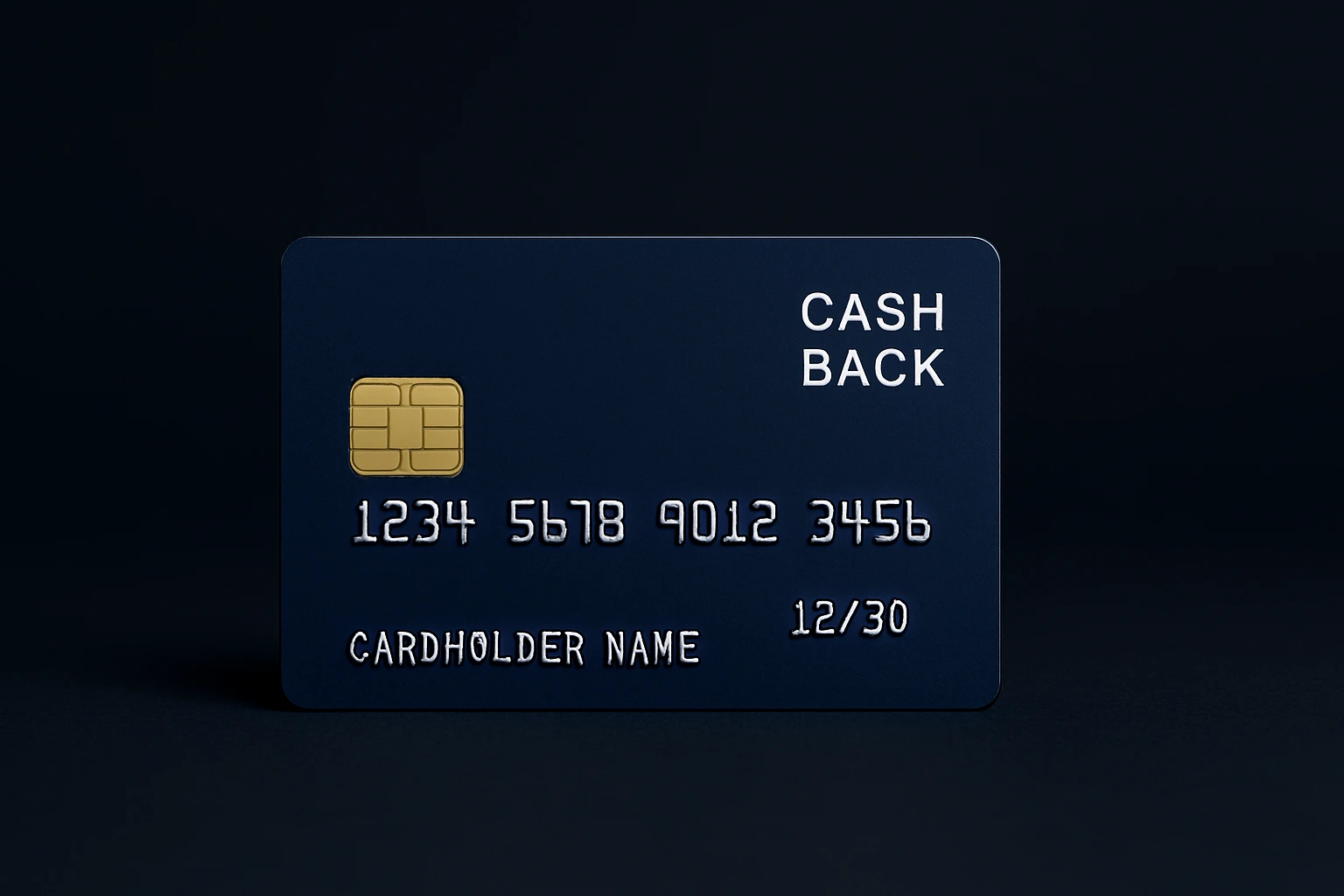In recent years, cashback credit and debit cards have become one of the most attractive financial tools for consumers who wish to maximize the value of their everyday spending. Unlike traditional banking products, which primarily serve as payment instruments, cashback cards transform each purchase into a potential benefit by returning a small percentage of the amount spent directly to the cardholder. This feature has made them particularly popular among those who want to combine convenience, security, and financial optimization in their daily transactions. However, in order to truly benefit from cashback programs, it is essential not only to understand how they work but also to use them responsibly and strategically.
At their core, cashback cards operate on a relatively simple principle: for every transaction carried out with the card, the issuing bank or financial institution returns a certain percentage of the amount back to the customer. This percentage can vary depending on the type of purchase, the category of merchants, or the promotional campaigns of the financial institution. Typically, everyday categories such as groceries, fuel, or online shopping are the ones that offer the highest cashback rates. As Investopedia explains, these rewards are essentially a form of incentive for cardholders to use their cards more frequently, which benefits both consumers and issuers.
The main advantage of these cards is the ability to generate additional financial value without extra effort. For example, if a consumer spends several hundred euros monthly on groceries or fuel, even a modest cashback rate of two to three percent could translate into tangible savings over the course of the year. For individuals with higher monthly expenses or those who regularly use their cards for business-related purchases, the benefits can be even more substantial. According to NerdWallet, consistent use of cashback cards can provide hundreds of dollars in annual savings, especially when paired with strategic spending in high-reward categories.
Despite their attractiveness, cashback cards require disciplined use in order to avoid negating their benefits. Many financial institutions charge relatively high interest rates on unpaid balances, which can easily exceed the value of the cashback earned. Therefore, the most important rule in using such cards is to pay the full balance on time every month. This ensures that the cashback earned is not canceled out by interest charges. Additionally, cardholders should be attentive to the terms and conditions of their card, as some cashback programs set annual limits on the amount that can be earned, while others require a minimum spending threshold to unlock the highest percentage rates. Insights from Forbes Advisor emphasize that understanding card fine print is crucial for maximizing rewards.
Another key factor is the choice of the right card depending on personal spending habits. Not every cashback card is suitable for every consumer. For example, a card that offers high cashback on fuel will be less beneficial to someone who rarely drives. Conversely, a card that rewards online shopping or supermarket purchases might be more appropriate for households with significant everyday expenses. For maximum efficiency, many consumers strategically combine more than one cashback card, allocating specific types of purchases to the card that offers the highest reward for that category. Bankrate notes that card diversification is a common strategy among experienced users who aim to optimize every purchase.
It is also important to highlight that cashback cards should not encourage excessive or unnecessary spending. One of the common mistakes is when consumers begin to rationalize additional purchases simply because they expect to receive cashback. In such cases, the psychological satisfaction of earning a small return often masks the reality of spending more than originally planned. Responsible use of cashback cards means incorporating them into normal spending routines without allowing them to alter consumption behavior.
From a broader financial perspective, cashback cards can be seen not only as a tool for savings but also as an element of modern financial literacy. Their correct use teaches individuals the importance of budgeting, planning, and disciplined repayment. Furthermore, by analyzing the monthly statements, consumers gain a clearer picture of their spending patterns, which can further support responsible money management.
Cashback cards are also part of a larger trend in the digitalization of financial services. Many banks integrate them with mobile applications that allow real-time tracking of rewards, personalized offers, and financial analytics. This digital layer enhances transparency and helps users make informed decisions regarding their purchases. In the near future, with the rise of artificial intelligence in financial technologies, it is highly likely that cashback programs will become even more personalized, with algorithms recommending to each user the most efficient way to allocate their spending to maximize rewards.
In conclusion, cashback cards can be an excellent financial instrument when used responsibly and strategically. They allow consumers to extract additional value from their daily expenses, but they require discipline in repayment and careful alignment with personal spending habits. They should never be perceived as a reason to increase unnecessary consumption but rather as a tool for optimizing existing expenditures. Used in this way, cashback cards not only contribute to direct financial savings but also enhance financial awareness and support the development of more responsible consumer habits in an increasingly digitalized economy.
👉 For more financial tips and practical advice, check out our Guides & Tutorials section.
👉 To explore the latest digital banking trends and fintech solutions, visit Technology.
👉 For more in-depth comparisons of financial products, browse our Reviews.
